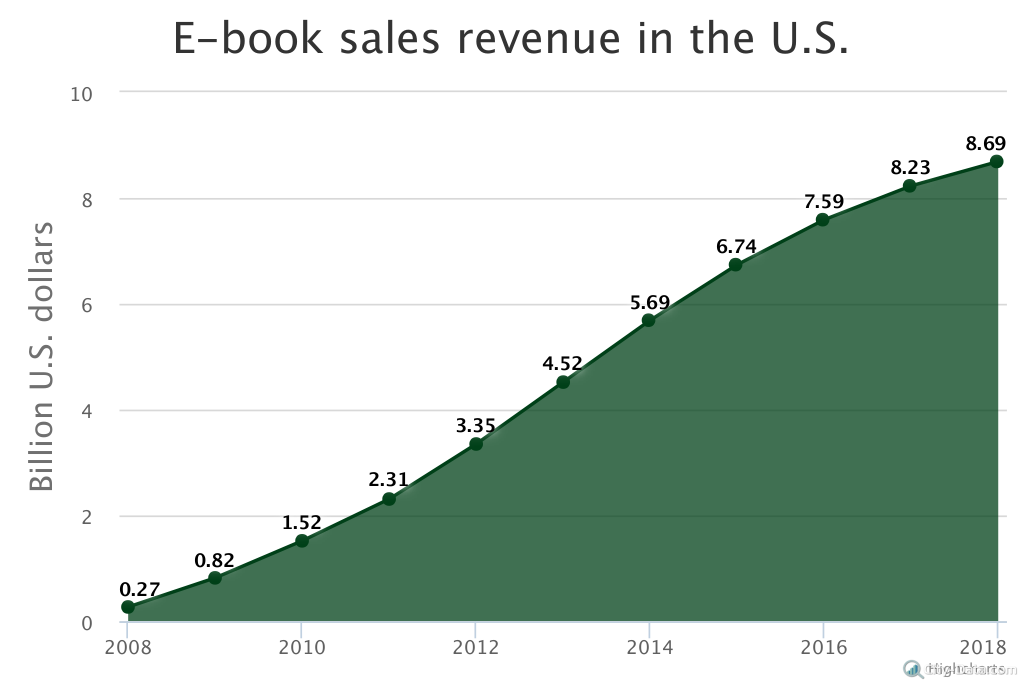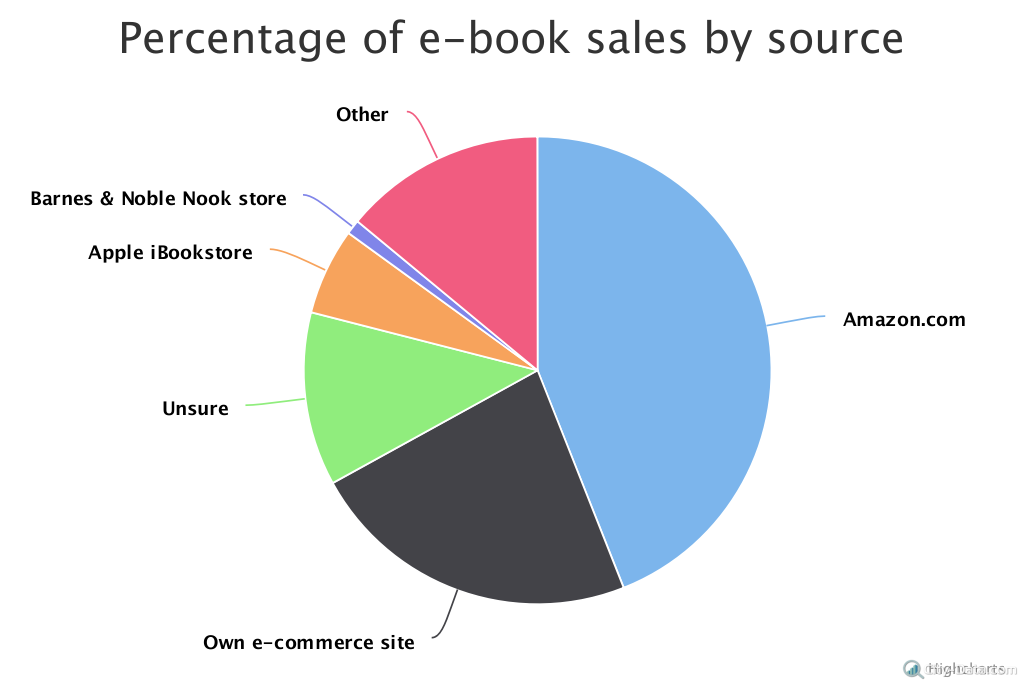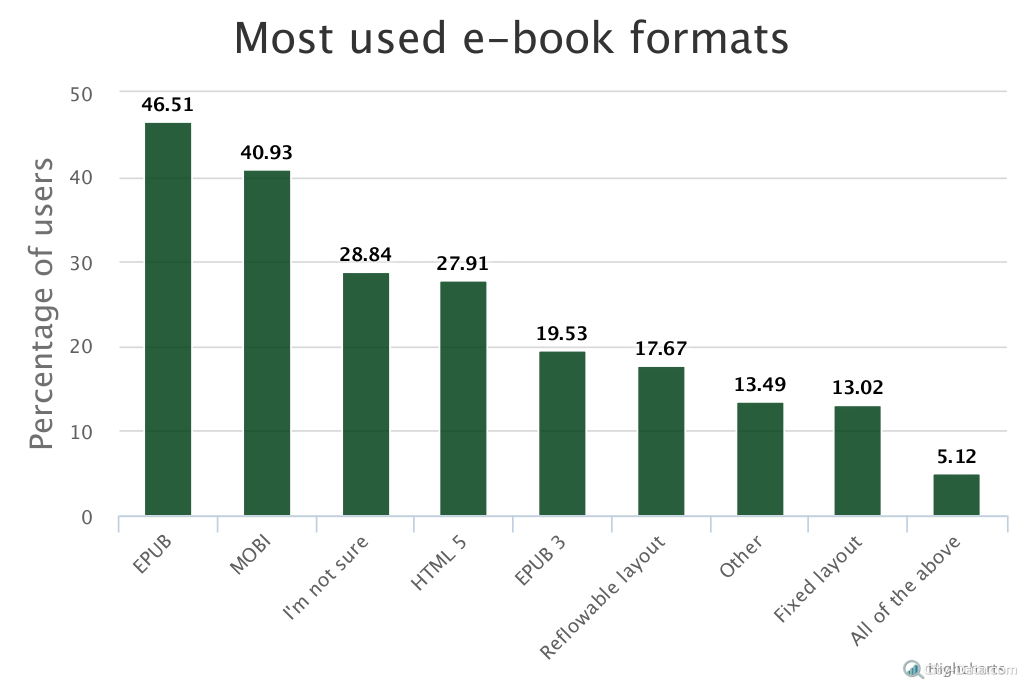Pavel Prikhodko, Ph.D. Machine Learning
The internet era elevated the process of reading books to a whole new level. Since text was adapted into an electronic document for the first time, many people have abandoned physical books. The forecast by PricewaterhouseCoopers suggests that the revenue of the e-book market in the United States will grow by $8.68 million in 2018. By the end of this year, e-book sales will generate about $7.5 million. The forecast projects $8.23 million in revenue for e-books in 2017.

The largest e-book market is Amazon.com: it generated about 44 percent of all e-book sales in 2012, according to the surveyed publishers. If we examine consumer e-book spending on Amazon in the U.S. in May 2015 by publisher category, we see that e-books published by the five largest companies accounted for 46 percent of all revenues. About 22 percent of revenues were from books by independent publishers. E-books published by small or medium-sized companies made up about 20 percent of revenues, while e-books published by Amazon itself generated approximately 11 percent of all revenues in 2015. Uncategorized single-author publishers only generated 2 percent of all revenues.
E-books published by independent companies were the most popular on Amazon in September 2015: about 357,000 units sold daily in the measured period. The five largest publishing companies sold around 248,000 units daily. About 177,000 e-books published by small- or medium-sized publishers and about 122,000 units published by Amazon were sold each day. Uncategorized single-author publishers saw the smallest numbers, with an average of slightly above 35,000 units sold daily in September 2015.

According to a 2014 survey published at Statista.com, most respondents (about 46 percent) accessed their books in EPUB format. A slightly lower number (40 percent) converted their e-books to MOBI format to make them more accessible on their devices. HTML 5 was used by nearly 28 percent of respondents, and EPUB 3 was a choice for almost 20 percent of respondents. About 14 percent preferred their e-books in other formats, and 5 percent used all of the above formats for reading.

About Pavel Prikhodko
Pavel Prikhodko, Ph.D. Machine Learning
Pavel has worked for many years as a researcher and developer on a wide range of applications (varying from mechanics and manufacturing to social data, finance and advertising), building predictive systems and trying to find stories that data can tell.
In his free time, he enjoys being with his family.
Other posts by Pavel Prikhodko:
